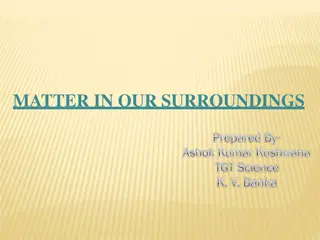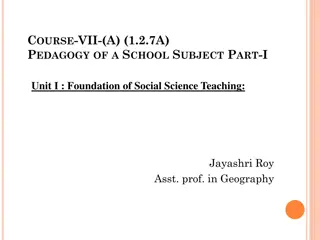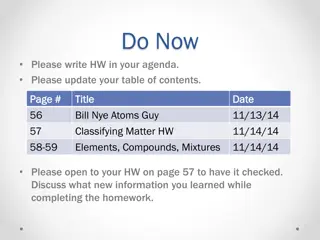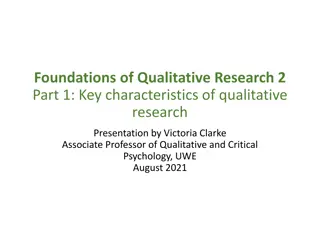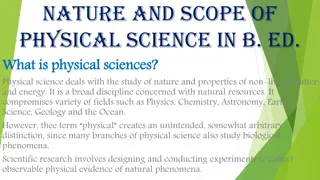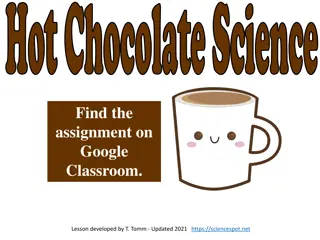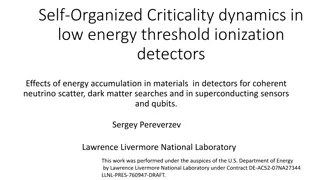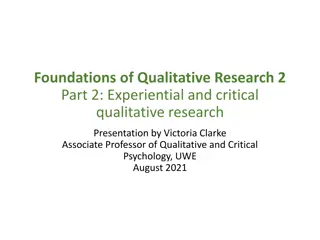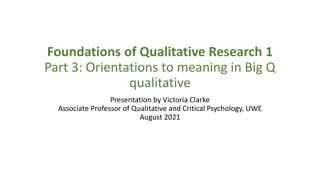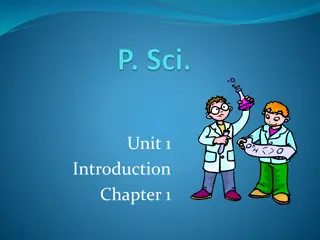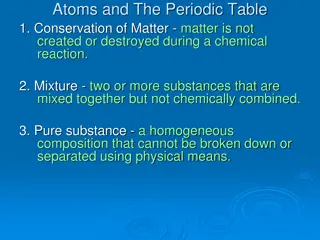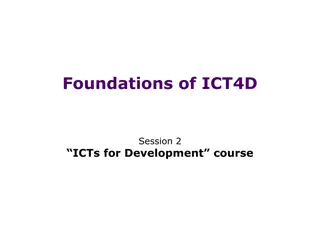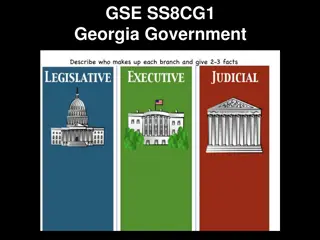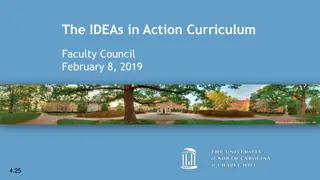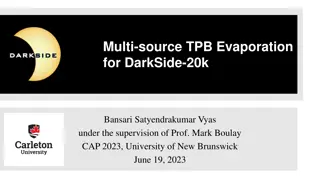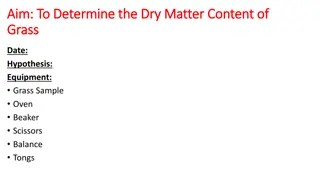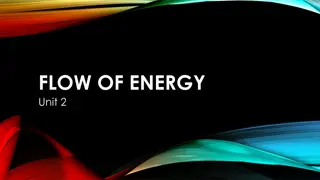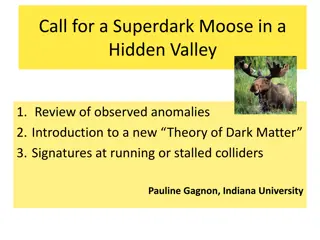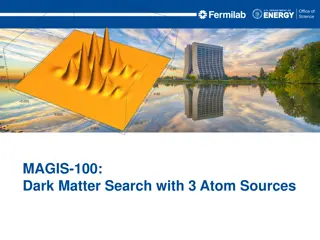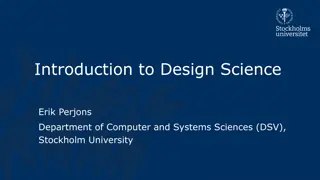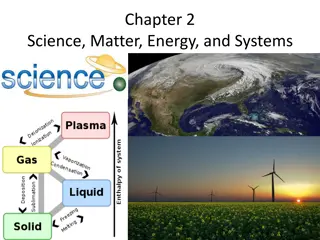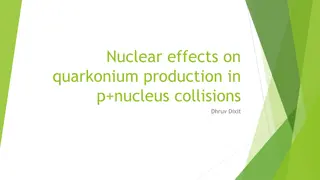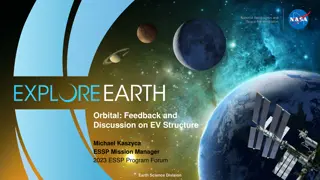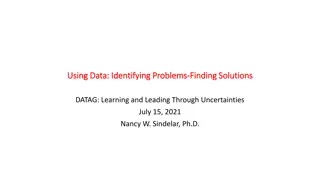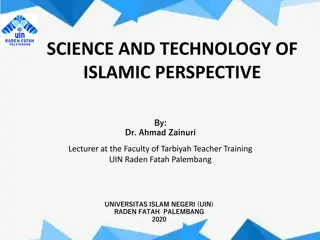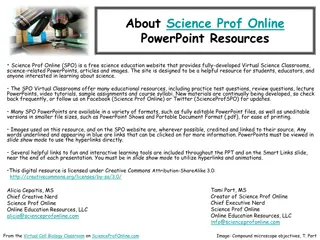Understanding Matter: Exploring the Foundations of Science
Science is a systematic pursuit of knowledge that evolves through observation, hypothesis, experimentation, theory, and law. Scientists are inquisitive individuals who analyze patterns, solve problems, and test their ideas with experiments. The scientific realm is divided into natural sciences (e.g., Biology, Chemistry, Physics) and social sciences (e.g., Psychology, Sociology). Matter, which comprises everything with mass and volume, plays a fundamental role in our universe, encompassing plants, animals, food, and more.
Download Presentation

Please find below an Image/Link to download the presentation.
The content on the website is provided AS IS for your information and personal use only. It may not be sold, licensed, or shared on other websites without obtaining consent from the author. Download presentation by click this link. If you encounter any issues during the download, it is possible that the publisher has removed the file from their server.
E N D
Presentation Transcript
GSP2203 Science, Technology and Society TOPIC: Matter and its contents Prepared by: Dr. Umar Sani
Science is a systematic enterprise that creates, builds and organizes knowledge in the form of testable explanations and predictions about the universe. Over the years, science has developed through a series of discoveries.
Scientists are very alert and inquisitive. They use their senses to observe what is happening around them. From a given set of observations, they see a pattern. This often leads to a problem which they try to solve. They put forward a reasonable explanation or hypothesis and carry out appropriate experiments to test it. Then they carefully record their observations and the results of their experiments. If the experiments support the hypothesis, they carry out further investigations. They discuss the hypothesis and results with other scientists in the field so that the hypothesis can be further tested.
When a hypothesis has been tested and found to be correct within the limits of available evidence, it becomes a theory. When a theory has been extensively tested and proven true without any exception, it becomes a law. If the experiments give negative results, then the scientist goes back to his hypothesis and either modifies it or puts forward a new theory.
Observation Problem Hypothesis Negative Results New/Modefied Hypothesis Experiments Negative Results Further Experiments Modefied Hypothesis Theory Law
Science can be broadly divided into two classes as natural science (study of natural phenomena) and social science (study of human behavior and societies) Natural science includes Biology (study of living and non-living things), Chemistry (study of composition, properties and uses of matter), Physics (studies matter, its motion and behavior through space and time, and the related entities of energy and force), Geography, etc Social science includes: Psychology, Sociology, etc
MATTER Matter is anything that has mass and occupies space. By this definition, we see that almost everything in the universe is made up of matter. Examples of matter include the plants and animals around us, the food we eat, the water we drink and even the air we breathe.
Matter can exist in four different physical states 1. Solid state: Matter in this state has definite shape and definite volume. Examples include stone, book pen etc 2. Liquid state: Matter in liquid state has definite volume but no definite shape. It only takes the shapes of the container. Examples include water, petrol, juice, soup etc 3. Gaseous state: It has no definite shape and volume. Examples include: air, cooking gas, steam etc 4. Plasma state: it has no definite shape and volume but is ionized i.e consists of ions, and neutral particles. Examples include stars, flame, lightning etc
Matter in a particular state can change to another physical state as shown below:
Example of melting: when ice changes to ice cold water Example of freezing: Conversion of water to ice Example of evaporation: Conversion of water to steam Example of condensation: rainfall formation
PARTICULATE NATURE OF MATTER Matter is made up of tiny particles. The main one is atom. The ancient Greeks were the first to use the word atom, which means indivisible, to describe the smallest particle of any substance. Its actual existence was not established until the nineteenth century when J. Dalton, an English Chemist, put forward a theory to describe the nature of the atom. The atom is now considered to be basic building blocks of matter.
J. Dalton proposed the atomic theory which was partially supported by experimental evidences but could not explain some scientific phenomena. As a result of new discoveries, Dalton s theory has undergone several modifications but the principal aspects are still useful. In about 1897, J, J. Thomson demonstrated the existence (inside the atom) of the electrons, a particle of matter with mass less than a thousandth of that of the lightest atom. This shows that atom is divisible In 1911, British Physicist E, Rutherford showed that, an atom had internal structure which is extremely tiny, positively charged (a nucleus) around which a number of electrons go round it. It was also confirmed by J. J. Thomson that inside the nucleus there exist another particle called proton. In 1932, J. Chadwick discovered that the nucleus contained another particle called neutron, which has almost the same mass as the proton but no electrical charge. Following the discovery by Chadwick, the atom is made up of tiny nucleus containing protons and neutrons while the electrons are outside the nucleus. In 1905, N. Bohr finally brought regularity in the study of atom. He conceived the model of electrons moving around the nucleus in circular imaginary lines called shells or orbits
Changes in Matter Matter can undergo two important changes. This can be either physical or chemical respectively. A physical change is one which is easily reversed and in which no new substances are formed. A few examples of physical changes are Melting of ice Freezing of liquids to solids Writing with a pencil on a white paper A chemical change is one which is not easily reversed and in which new substances are formed. A few examples of chemical changes include Burning of wood Decay of substances Writing with biro on a white paper
Classification of Matter Matter may be classified into elements, compounds and mixtures. An element is a substance which cannot be split into simpler units by an ordinary chemical process. Scientists have discovered over a hundred elements which include familiar ones like iron, hydrogen, oxygen, tin and iodine. They can be found in the Earth s crust, in the air and in the sea. Some elements occur naturally while some are made artificially. Abbreviations or symbols are used to represent elements, example O for oxygen and H for hydrogen.
A compound is a substance which contains two or more elements chemically combined together. A compound is formed as a result of a chemical change. It is a new substance with entirely different properties from those of the substance(s) from which it was formed or its components. The component elements of a given compound are always present in a fixed ratio. For example, water is a compound formed from as a result of combination of hydrogen and oxygen in the ratio of 2:1. Other examples of compound include table salt (NaCl), sugar (C12H22O11)
A mixture contains two or more constituents which can easily be separated by physical methods. The constituents may be elements or compounds or both. A mixture may be homogeneous if the constituents cannot be easily distinguished examples salt solution, milk, petroleum, soft drink etc. when the constituents of a mixture can easily be distinguished, the mixture is said to be a heterogeneous. Examples include muddy water, oil and water, freshly-squeezed orange etc some techniques are used to separate the components of mixtures.
Matter Can it be physically separated? No Yes MIxture Pure Substance Can it be chemically broken down? Is the composition uniform? Yes No No Yes Element Compound Examples: Hydrogen (H) Oxygen (O) Carbon (C) Examples: Table salt (NaCl) Water (H2O) Sugar (C12H22O11) Heterogeneous Mixture Homogeneous Mixture Examples Muddy water Oil and water Sand and water Fresh-squeezed orange Examples: Milk Air Petroleum Salt water


